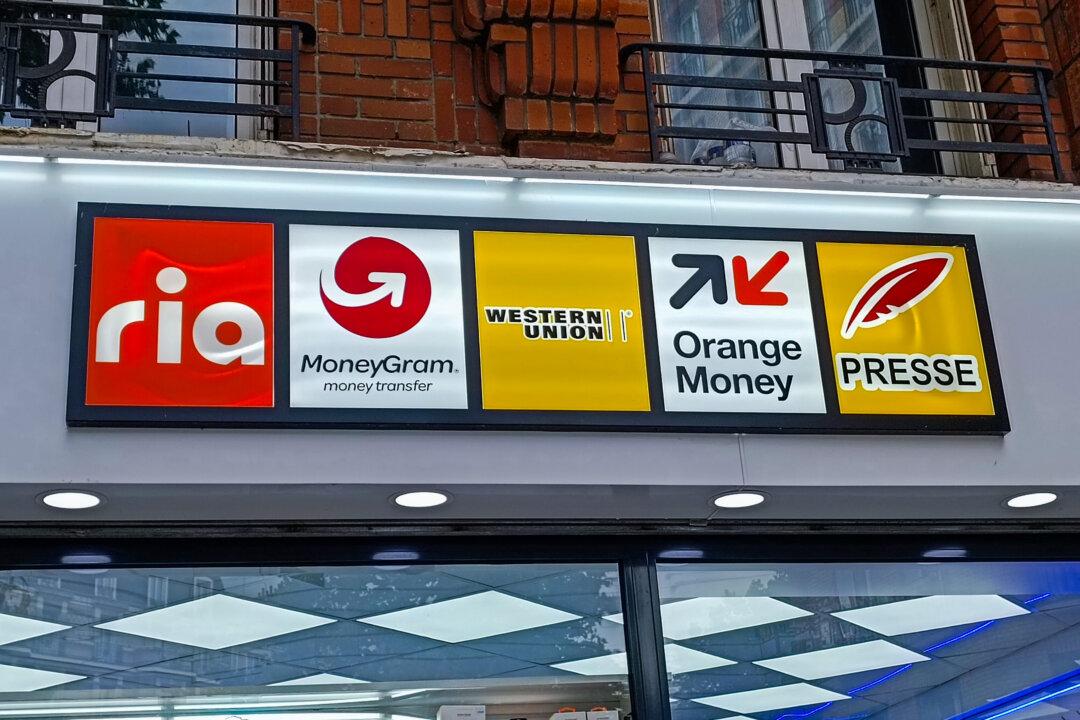Residents and business owners are being warned to expect electricity prices across three states amid the Labor government’s push for more renewable energy.
On May 26, the Australian Energy Regulator (AER) released the 2025-26 Default Market Offer (DMO) for energy prices for New South Wales (NSW), South East Queensland, and South Australia.





